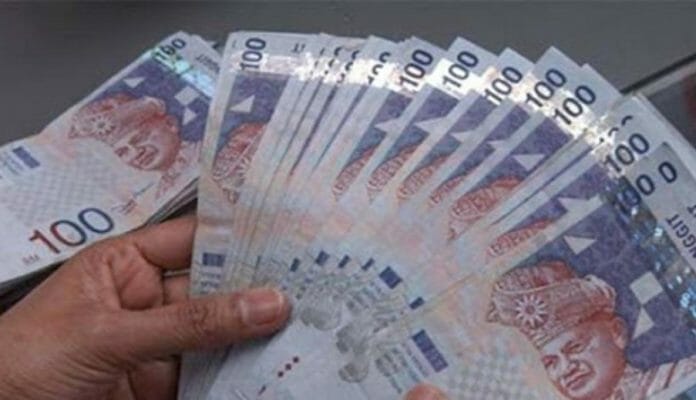Amid signs of easing tensions in the Middle East, the ringgit followed the expected trajectory, strengthening and stabilising
within a narrow range of 4.776 to 4.780 against the USD this week.
This uptick can largely be attributed to the improved risk sentiment among investors, leading to a softening in USD demand. Coupled with sluggish US PMI and lower-than-expected 1Q24 US GDP reading, the USD index (DXY) depreciated to below the 106.0 level, further contributed to the strengthening of the ringgit. Domestically, a stable inflation rate and ongoing support from authorities have significantly contributed to stabilising the ringgit.
It is noteworthy that the release of weak US GDP growth, was accompanied by the 1Q24 core PCE, which rose to 3.7% QoQ. This explains why the DXY did not weaken significantly and why the 10-year US Treasury rose above 4.70%. There is potential for a higher March core PCE reading, which could keep the DXY close to the 106.0 level, leading to a weakening of the ringgit. The possibility of a higher inflation figure and still robust job report next week may prompt the Fed to maintain their higher-for-longer guidance, potentially pushing the ringgit to test the 4.80/USD level again.
However, a hawkish hold and potential FX intervention by the Bank of Japan may help to limit the appreciation of the DXY
Kenanga said the technical outlook for USDMYR next week is neutral, with expectations for the pair to stay close to its 5-day EMA of 4.778. A hawkish recalibration in the Fed’s monetary policy outlook may push the MYR above 4.782 and potentially test 4.800









